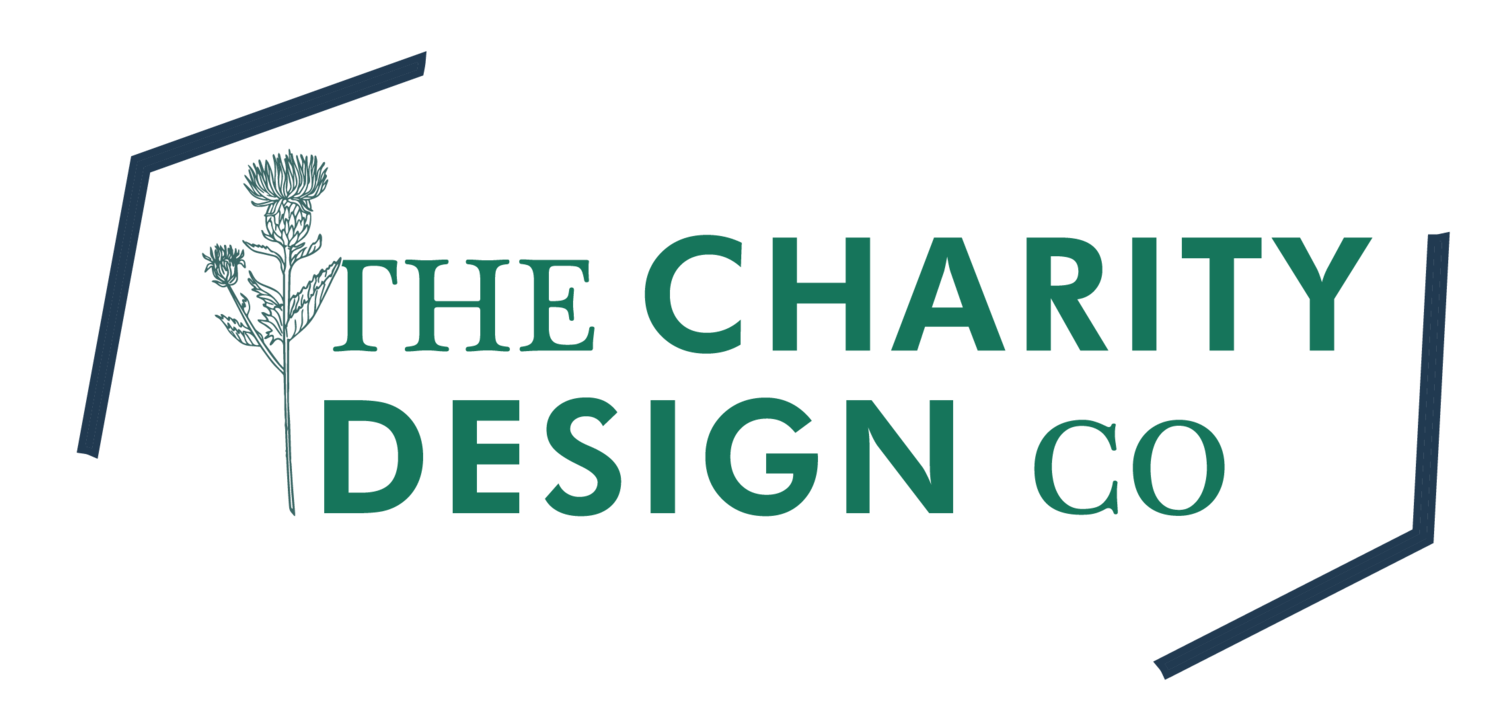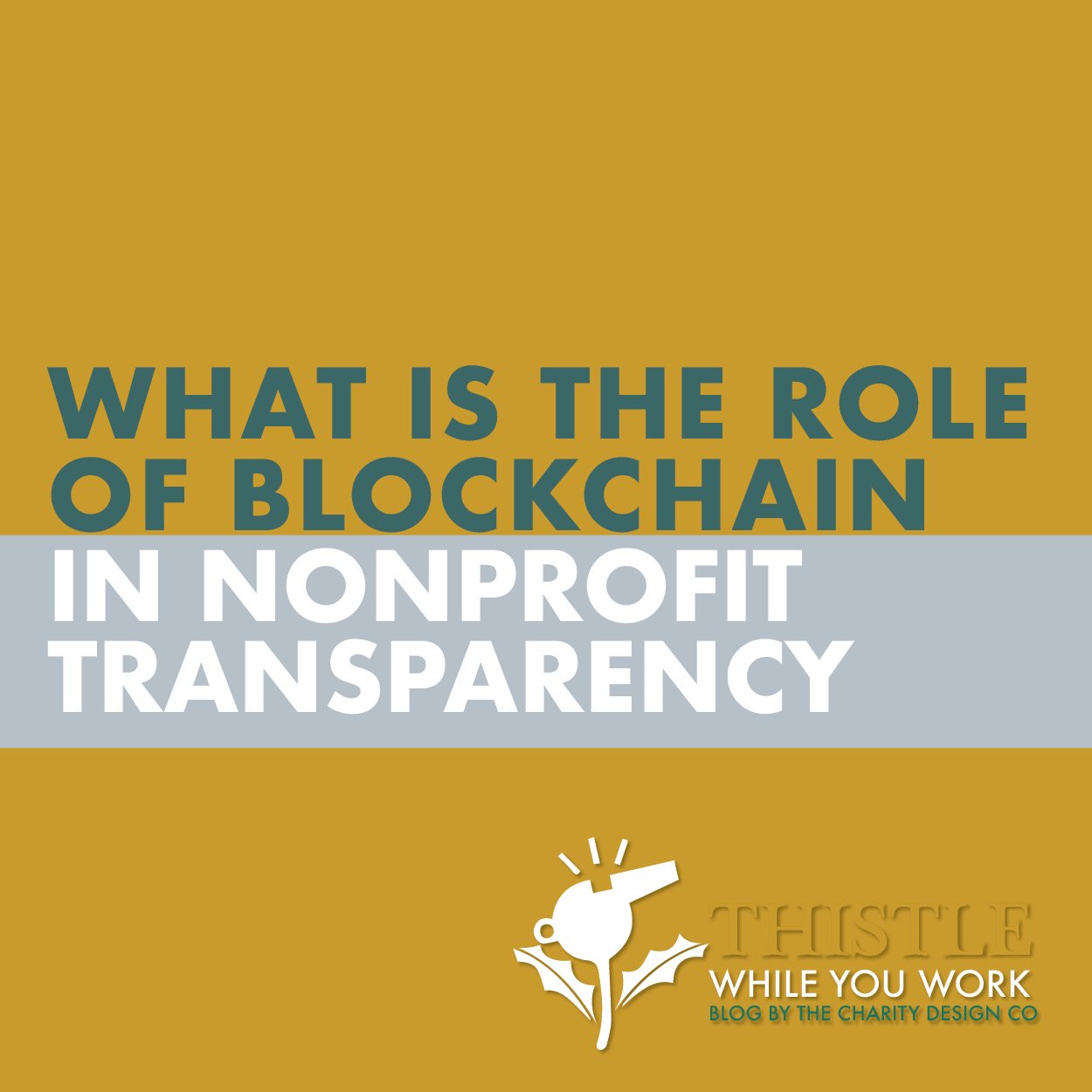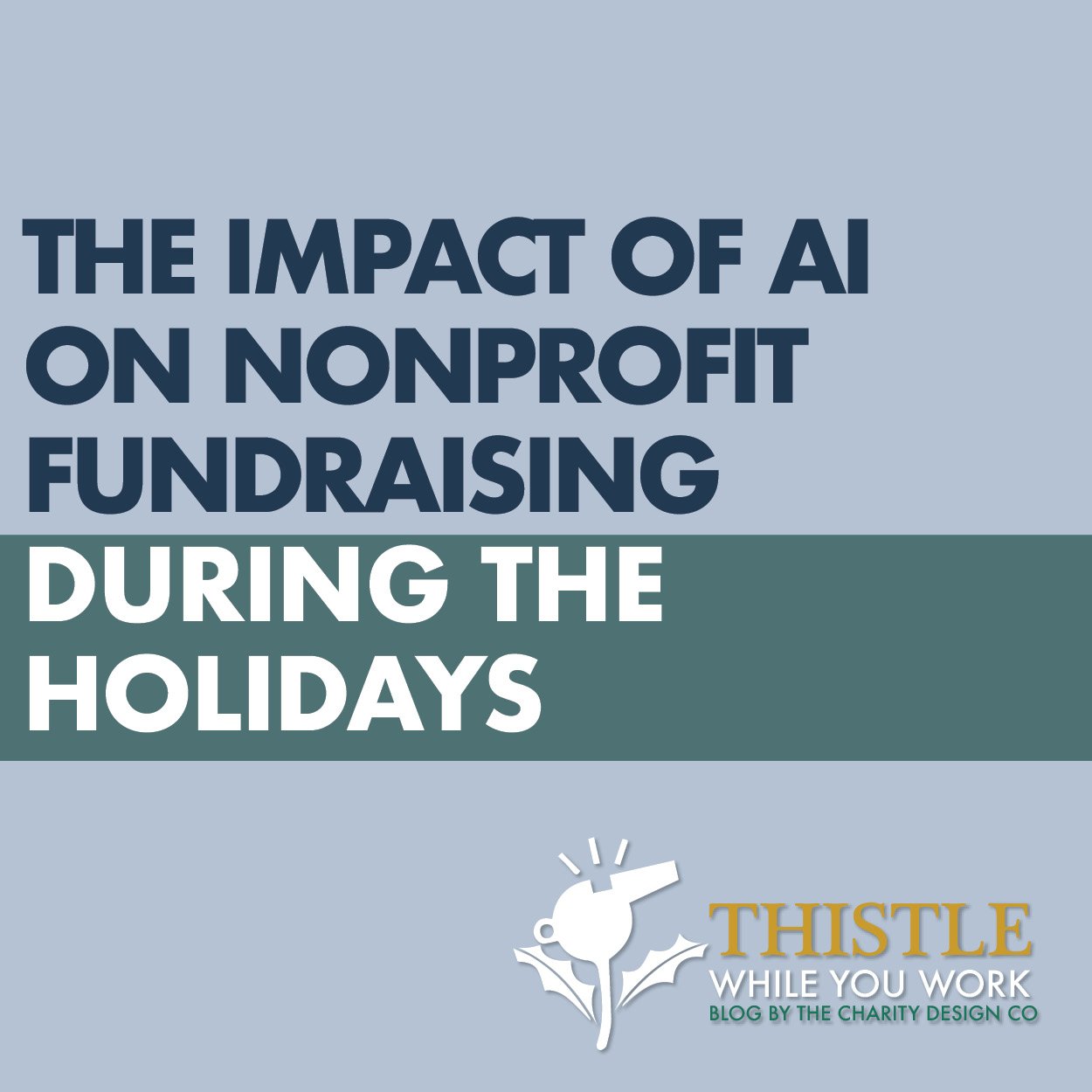THE ULTIMATE SEO CHECKLIST FOR NON PROFIT AND CHARITY ORGANIZATIONS
Standing out in the digital world can be a daunting task for non-profit and charity organizations. With limited resources and a constant struggle to be heard in the noise of online platforms, optimizing your website for search engine visibility is not simply a checklist item—it's a vital part of your mission to make a real-world impact. This comprehensive SEO checklist is tailored to the specific needs of non-profits and charities, ensuring that every move you make online is a step towards attracting more supporters, engaging more volunteers, and ultimately furthering your cause.
Whether you're building a new site or looking to revamp your current one, following these steps will bolster your online presence and reach those who share your passion for making the world a better place. Ready to transform your digital outreach? Let's get started!
Understand Your Audience and Keywords
The key to effective SEO is understanding whom you want to reach and what they're searching for. For non-profits and charities, this means aligning your message with the intent of your potential supporters. Start by conducting thorough research into the keywords that define your organization. Think about what search terms your audience might use to find you. Are they looking for 'animal shelters in the Midwest' or 'youth empowerment organizations near me?' These nuggets of insight will inform your entire content strategy.
Keyword research tools: Utilize free and paid tools to discover which search terms related to your cause are most popular.
User surveys: Directly asking your supporters or conducting online surveys can yield valuable keywords and phrases that have genuine appeal and connection.
Competitor analysis: Examine the websites of other non-profits in your field to see what keywords and content resonates with their audience and how you can differentiate your messaging.
Build Your SEO-Friendly Website
With an understanding of your keywords and audience, it's time to build a website that is not only visually appealing but also optimized for search engines. The following steps ensure that your site is easy to crawl, loads quickly, and provides a seamless user experience.
Domain name: Choose a domain name that is easy to remember, easy to spell, and relates to your cause or organization name.
Site structure: Organize your site with a clear hierarchy that makes it easy for visitors to find what they're looking for and for search engines to understand the topic of each page. Max of 5 pages at in your top/main navigation. You are welcome to add as many as you want in the footer section.
Mobile-friendliness: In the mobile-first era, ensure your site is responsive to all devices, as non-profit supporters are often on the move and may access your site from various platforms.
Clean Slugs: Please keep your pages and /page-names clean and clear for optimum SEO benefits.
Content Is King: Create Meaningful Content
The next phase is all about the heart of SEO: content creation. Informative, relevant, and accessible content not only educates visitors about your organization but also provides the cornerstone for your SEO strategy.
High-quality content: Develop content that is both engaging for your audience and informative for search engines. Strive for originality and avoid duplicated content, as it can harm your SEO efforts.
SEO copywriting: Incorporate your keywords naturally into your content, headings, and meta descriptions to improve your chances of ranking for those terms.
Blog posts: Keep supporters updated on your work and industry trends with regular blog posts. This not only improves SEO but provides a reason for visitors to return to your site.
Multimedia: Include images, infographics, and videos to enrich your content. Ensure that all multimedia uses relevant alt text and titles to optimize for SEO and accessibility.
Optimize Your On-Page SEO
On-page optimization refers to the elements on each web page that you can control directly to improve search engine visibility.
Title tags: Craft compelling and informative title tags for each page, incorporating your main keywords to capture the attention of searchers and search engines.
Meta descriptions: Write descriptions that summarize the page's content and prompt users to click through from the search engine results page (SERP).
Headers: Use headers to structure your content and to make it easier for visitors to skim through. Include keywords in your headers where relevant.
URL optimization: Create clean, concise URLs that clearly indicate the content of the page. Avoid using numbers and special characters where possible.
Internal linking: Link to other pages on your site to provide context and guide visitors through your content, and to spread ranking power to all pages.
Technical SEO: The Backbone of Your Strategy
Behind great content is a stellar technical foundation. Technical SEO ensures that your website can be easily crawled and indexed by search engines, which is crucial for ranking.
Sitemap: Create an XML sitemap and submit it to search engines to help them discover and understand the structure of your website.
Finally, SEO for non-profits is an evolving practice. Stay up-to-date with the latest SEO trends and best practices. Attend conferences, webinars, and training sessions, and follow reputable SEO blogs and experts.
Optimizing your website for search engines is not a one-time task; it's an ongoing commitment. By following this comprehensive SEO checklist, you'll ensure that your non-profit or charity organization has a solid foundation for both immediate and long-term success. Remember, every SEO effort you make online translates directly to your organization's potential to influence and change the world. Your cause is worthy—now make sure your digital presence reflects that worth.








